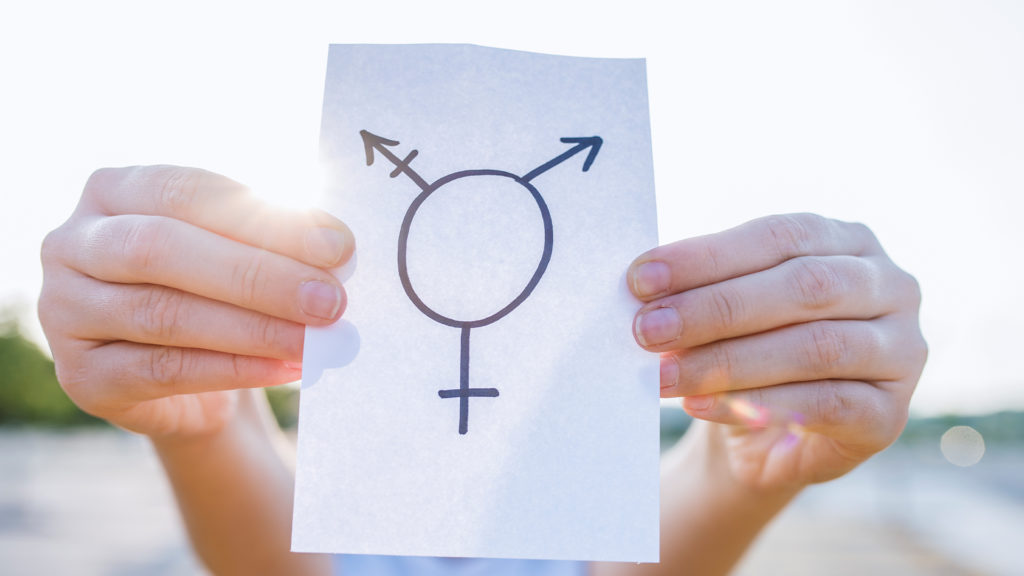
The term transgender has been very much in the news over the last several years, but many of us know little about the experience that makes an increasing number of young people say they are the wrong gender, and need to make a change. The experience of being transgender, or more broadly gender nonconforming, means that a person’s gender at birth (assigned gender) does not match the way they feel about themselves (their affirmed gender).
Young people who are transgender feel powerfully that they wish to be — or are — the other gender. They not only want to dress and act and be accepted as the other gender, but may feel extremely uncomfortable in their bodies, and want to change them, through hormone therapy or surgery, to align with their gender identity. Girls who transition to become males are transgender males. Boys who transition to become girls are transgender females.
The disconnect between their experienced gender and their assigned gender can result in acute distress called gender dysphoria. Gender dysphoria can be a source of profound suffering. A recent study of transgender teens found that more than 50 percent of transgender males and almost 30 percent of transgender females reported attempting suicide. Transgender adolescents are often vulnerable to bullying and family rejection. And even when families are supportive, it can be a very difficult transition for both the teen and the parents.
This article was written by Caroline Miller. To view it in its entirety, click here.
